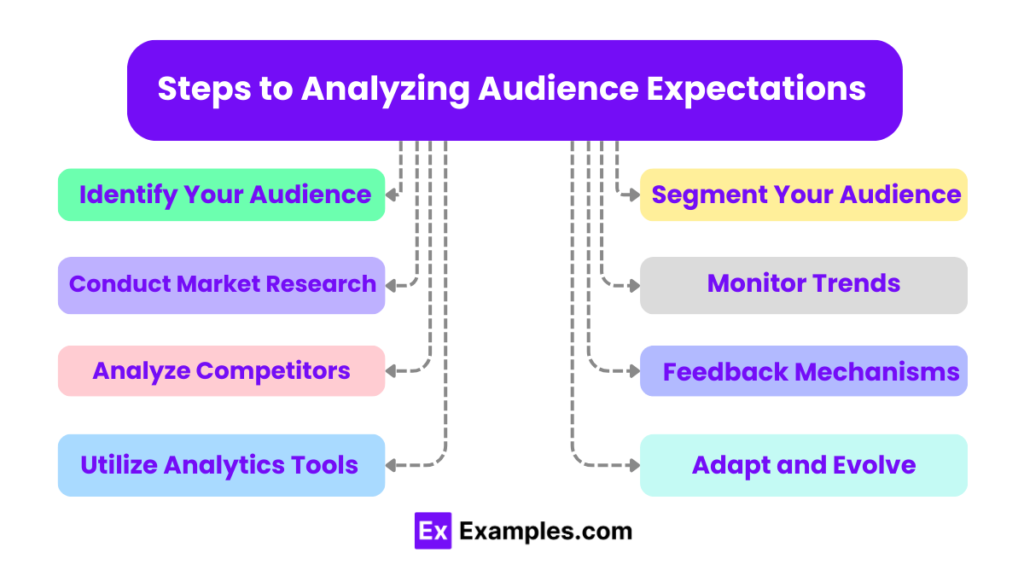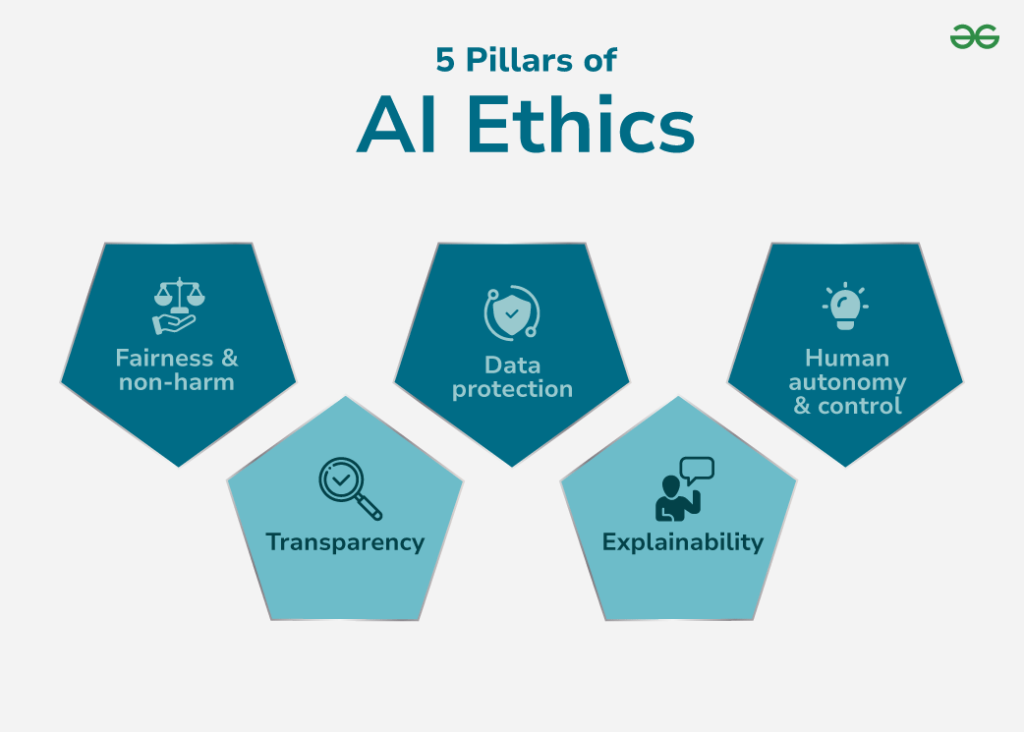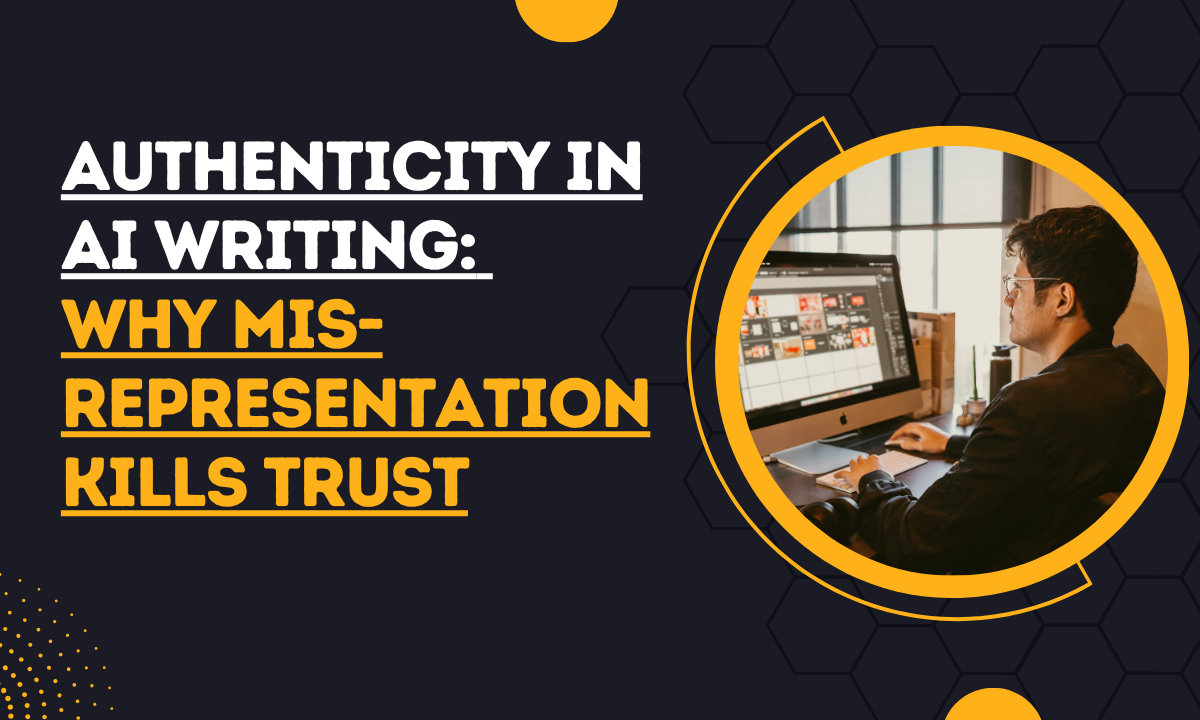Authenticity in AI Writing: Why Misrepresentation Kills Trust
Authenticity in AI writing has become a decisive factor in whether readers believe what they consume online.
AI can generate text that looks seamless, even flawless. But if it is presented as purely human work, without disclosure, trust erodes.
According to GeeksforGeeks concerns about disinformation and poor ethics creates trust issues for most users.
And once trust is broken, it is painfully difficult to restore.
So, where do we draw the line?
The role of AI in content creation is undeniable, yet the way it is presented is what defines its ethical weight.
This article will walk you through the dangers of misrepresentation, the principles of transparency, and the steps you can take to safeguard credibility while still reaping AI’s benefits.
Why Trust Matters More Than Ever
Why is trust so central in today’s digital landscape?
Because every reader arrives with skepticism. They know AI is everywhere, but they want honesty about its role.
In fact, with readers becoming more conscious of artificially generated content trustworthy content is becoming a game changer for any content creator.
The Fragility of Online Credibility

Source: ThunderTech.com
One misstep in honesty, and your reputation is on the line.
Readers may forgive errors in grammar or style, but deception is far harder to excuse.
Once someone suspects content isn’t what it claims to be, the bond is fractured.
The Rising Demand for Transparency
Surveys show that 86% of online users prefer creators who disclose AI involvement.
Transparency isn’t just ethical—it’s pragmatic. It signals confidence.
It tells your readers: we trust you enough to tell you the truth. And in return, they are more likely to trust you back.
The Fine Line Between Assistance and Misrepresentation
Where does AI support end and misrepresentation begin?
The answer lies not in the tool itself, but in the disclosure.
AI as a Writing Assistant
Think of AI as the digital equivalent of an editor who makes suggestions, catches mistakes, or improves flow.
Used this way, AI is simply a way to elevate your content.
No one accuses you of “cheating” when you use spell check, right?
When Assistance Turns Into Deception
Problems arise when creators pass off entire AI-generated drafts as original human thought.
That’s when assistance shifts to misrepresentation. And once exposed, the damage often overshadows the benefit the tool provided.
The short-term gain of speed can cost long-term credibility.
Authenticity in AI Writing and Audience Expectations

Source: Examples.com
Audiences today are smarter than many give them credit for.
They don’t expect every word to be handwritten. They do expect openness about how technology is used.
Shifting Reader Perceptions
Interestingly, younger audiences are more forgiving of AI assistance.
Gen Z, for instance, views AI as a collaborative tool rather than a threat. Older audiences, however, often equate heavy AI use with laziness or lack of originality.
This generational divide shapes how disclosure should be handled.
Balancing Automation with Personality
The key lies in balance. Readers don’t just want facts; they want voice.
Your experiences, your perspective, your values.
AI can never substitute lived insight.
By blending automation with personal touch, you preserve authenticity while staying efficient.
The Ethical Dimension of Misrepresentation
Is using AI without disclosure just a harmless shortcut? Or is it an ethical breach?
Why Ethics Cannot Be Ignored
Ethics in AI writing isn’t about following rigid rules—it’s about respecting the human on the other side of the screen.

Source: GeeksforGeeks
If your audience believes you’ve misled them, the issue isn’t just credibility; it’s integrity.
And integrity is non-negotiable.
Industry Standards Emerging
Journalistic institutions and academic publishers are already drafting guidelines.
Many require clear AI disclosure in footnotes, acknowledgments, or prefaces.
These practices will likely become baseline expectations across industries.
If you get ahead of them, you’ll stand out as trustworthy rather than scrambling to catch up.
Programs to Ensure Authenticity in AI Writing
As AI becomes more common, people want to know they can trust it. That’s where these programs come in.
Trust AI Essentials and TRUST-AI Verified check whether companies are using AI fairly, safely, and responsibly.
CertAI gives badges to show that AI is being used in the right way.
Training courses, like those from Tonex/NICCS, teach people how to make AI less biased and easier to understand.
Media Trust Bootcamps help charities and creative groups learn to use AI safely. Together, these programs make sure AI is not only powerful but also honest, transparent, and something people can rely on.
| Ser | Organisation / Setup | What It Does / Focus | Key Features / Why It Helps Trust |
|---|---|---|---|
| 1 | TRUST-AI Verified™ | Certification framework that reviews both organizational culture and AI systems for trustworthiness. | Dual layers (Organisation + System); trust ratings (A+, AA+, AAA+); emphasizes ethics, transparency, fairness, safety. |
| 2 | CertAI Trusted AI Label | Training + label showing awareness of responsible AI practices. | Combines education and certification; boosts credibility with a “trusted AI” badge. |
| 3 | AI Trust, Transparency, and Ethical Decision-Making Essentials (Tonex / NICCS) | Professional training on AI trust, fairness, and transparency. | Builds practitioner competence; focuses on ethical frameworks, bias mitigation, explainability. |
| 4 | Explainable AI and Trust in Machine Learning Essentials (Tonex / NICCS) | Training course focused on interpretability and transparency of AI models. | Practical skills for data scientists; improves model auditability and user trust. |
| 5 | Trust AI Essentials Certification (Armoryze) | Certification scheme aligned with EU AI Act, OECD Principles, ISO/IEC 42001, etc. | Independent audit + self-assessment; strong for compliance, governance, risk management. |
| 6 | AI Essentials Bootcamps (Media Trust) | Bootcamps teaching charities and creatives how to use AI ethically and effectively. | Improves AI literacy; helps non-profits adopt AI responsibly; reduces bias and misuse. |
Practical Steps to Maintain Transparency
How can you practically avoid crossing into misrepresentation?
Simple Disclosures Work Best
A single sentence like “This article was drafted with the assistance of AI” can be enough.
It acknowledges the tool without overshadowing the human effort involved.
Make AI a Feature, Not a Secret
Instead of hiding AI’s role, frame it as part of your workflow.
Readers appreciate seeing how creators adapt technology. It positions you as resourceful rather than evasive. Transparency becomes part of your personal brand.
Authenticity in AI Writing as a Long-Term Strategy
If credibility is a currency, then disclosure is the way to keep it growing.
The Cost of Deception
Short-term gains may feel tempting—faster content, more volume, fewer hours.

Source: Lean Compliance
But the hidden cost is loss of trust, and that cost is almost always greater. It takes years to build a reputation and only moments to destroy it.
Building Trust Through Consistency
The strongest creators are those who adopt consistent, honest practices. Over time, readers associate them with reliability.
That recognition becomes their moat, protecting them from the flood of generic AI-driven content.
The Future of AI and Human Voice
What happens as AI gets better?
Will the distinction between human and AI blur entirely?
Preserving the Human Edge
Even as AI grows sophisticated, your human edge remains your perspective.
Machines can’t replicate lived experience, humor, or vulnerability. That’s where you make your stand.
Preparing for Tomorrow’s Landscape
Expect regulations, audience literacy, and cultural norms to evolve. But one thing will remain constant: audiences will reward those who are honest about their process.
Misrepresentation may become even more costly in a world where AI footprints are easily detectable.
Related Posts
Fair AI Content for Trust: A Guide to Ethical AI Systems
Learn how to create AI-driven content that respects ethics, fairness, and transparency.
This guide helps you implement practices that build credibility and reader confidence.
Why Trustworthy AI Content Is a Game-Changer in 2025
Discover why audiences increasingly demand honesty and integrity in AI-generated content.
Trustworthy AI is no longer optional—it’s a key differentiator for creators and brands.
How AI Content Earns Our Trust One Step at a Time
Step-by-step strategies reveal how transparency, clarity, and responsible AI use foster reader confidence. Small actions in content creation can make a big difference in long-term trust.
How to Build Authority and Trust Signals for AI-Optimized Content
Learn practical techniques to signal expertise and reliability in AI-assisted writing.
From disclosure to style, these methods help your content stand out as credible and ethical.
FAQs
1. Why is authenticity in AI writing important?
Because readers value transparency. Misrepresentation erodes trust, and once lost, trust is difficult to recover.
2. Can I use AI tools without disclosing them?
Technically yes, but ethically no. Disclosure builds credibility and sets you apart from less transparent creators.
3. How do I disclose AI involvement without sounding awkward?
Use a short statement like: “Parts of this draft were generated with AI assistance.” Clear, simple, and effective.
4. Does disclosure reduce my credibility?
No. In fact, most readers appreciate it. It shows you respect their right to know how content was created.
5. What if my competitors don’t disclose AI usage?
That may work short-term, but over time, hidden AI use will likely be exposed. Transparency ensures lasting credibility.
6. Will AI replace human writers entirely?
No. AI can generate text, but it can’t replicate human experience, creativity, or emotional resonance.
7. How often should I use authenticity in AI writing as a keyword?
Use it sparingly. Overuse looks forced. Focus on natural integration into context rather than keyword stuffing.
Conclusion
Authenticity in AI writing will separate those who thrive in the digital future from those who fade into irrelevance.
Readers aren’t asking for perfection; they’re asking for honesty.
Misrepresentation not only kills trust but also undermines the credibility you work hard to build.
The choice is clear: embrace AI as a tool, disclose its role, and let your authentic human voice guide the narrative. That balance—between openness and originality—is where long-term trust is forged.
Transparency Note: Written by Archie, with AI support for research and structure.

